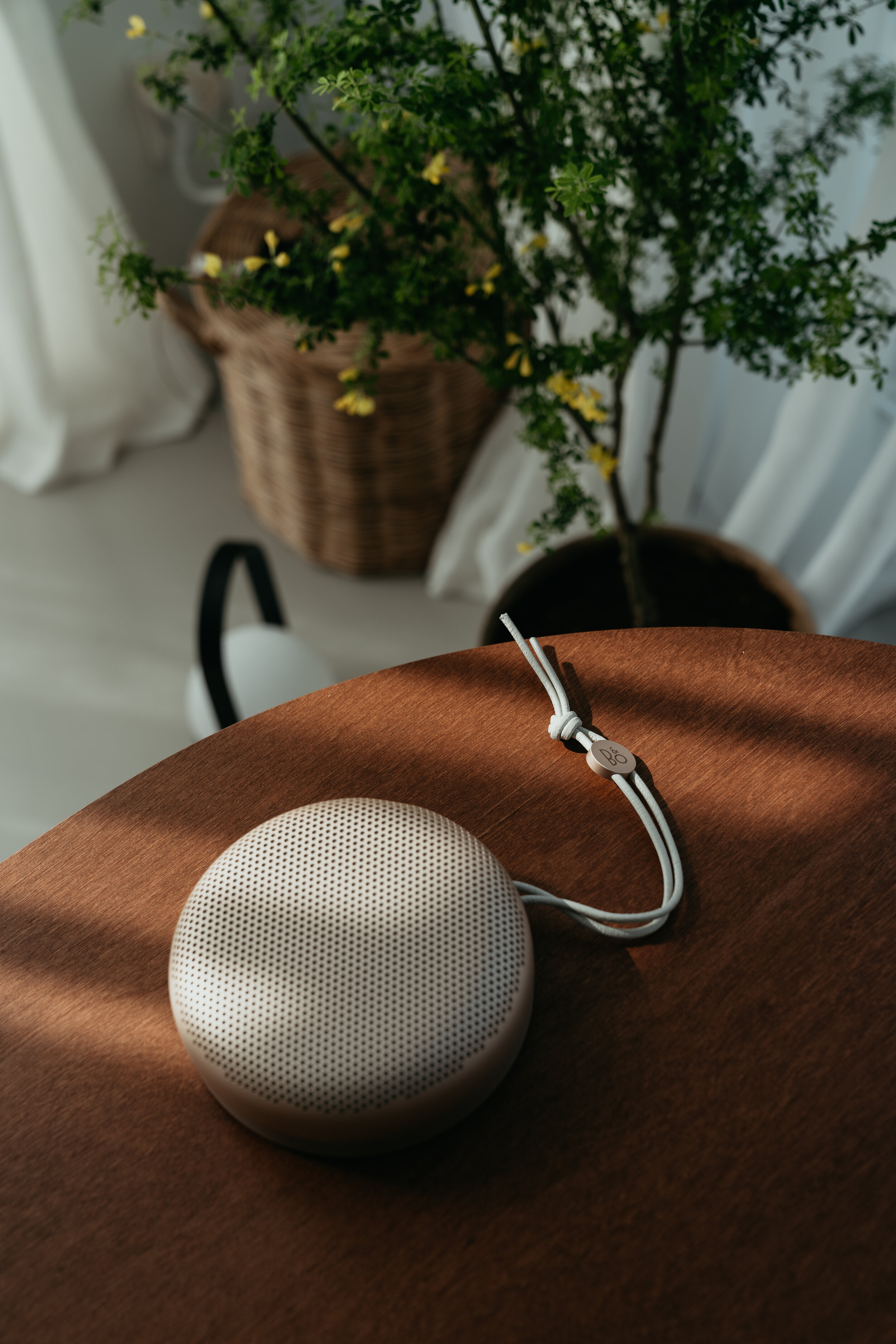diffused: hojae
“Be aware of getting tunnel vision and sticking to one thing. Always be willing to follow different people and look at different styles of photography.”
If you’re reading this blog, there’s a chance that you know how I enjoy sharing bits and pieces of work that influence the way I tackle photography. And if you were trawling the depths of Instagram in 2017, there’s a chance that you would have come across Hojae @hotherside and his brilliance in aerial photography and moody street scenes. He defined what it meant to be a ‘creator’, having collaborated with the likes of Lexus and becoming an admin for @createexplore at a time when the creative community was thriving.
What stood out for me in Hojae’s photography was his ability to alternate between personal and branded work. It was refreshing and clean, to say the least, with each image containing a story of its own. I found his latest ambition to bring permanence to his work beyond Instagram ran parallel to my own, so I set off on a task to learn more about his thought process.
Over coffee at a small suburban cafe, we talked about the evolution of his craft from his days of being a gearhead to becoming a more versatile photographer, and using his love for interiors, people and magazines to guide his creativity. He also shared his stories about his time in military service in South Korea during the last two years, where he took on new life lessons and more importantly a break to recalibrate his creative pursuits. Now, having readjusted to everyday life back in Sydney, Hojae picks back up right where he last left off.
KW: How did you end up getting into photography?
HJ: I used to always use my phone to take photos of friends, food or the places I visited - just completely random stuff that I would really like. But in early 2016, I think it was January, I was walking past George's Cameras on Pitt Street and I realised I hadn’t bought anything for myself for Christmas. So I picked up a Nikon D2000 for less than $400. As soon as I got it, I went back home, I walked out to the street in the middle of the night and I took my very first photo. It was a long exposure shot that I had just looked up and learnt through YouTube before I went out to the street. When I got the very first 15 second long exposure shot, I was amazed. It was definitely something that I couldn’t do on my iPhone 5 at that time.
From there, it kicked off and I started taking the camera around everywhere I went and I started following different people on Instagram. I went to a meetup that was run by the Global Night Squad, and that's where I met Dan. He taught me how to do a proper long exposure shot with my tripod. I then switched to Sony, which I think was the biggest leap. That's when I started really investing in myself to learn and get better at what I want in photography. From there, I was using the Sony A7ii for a while, then the A7Rii and finally the A7Riii where the lens collection also exponentially just grew.
KW: So what are you using now?
HJ: I switched from Sony to Fuji. It was a big change and it was a big decision for me. Maybe it was a rushed decision, I'm yet to find out. Fuji is known for their film simulation and I wanted to try it out so I decided to change and sold everything for the X-Pro 3 and the 23mm lens.
But I think the tools don’t really matter. We can still take amazing photos with our phone or with any DSLR that we get given because now we have the skillset and we know how it works. The jump into Fuji was a big difference but it doesn't really concern me because at the end of the day, I can get the result I want with whatever tool I have.
Gear is very important and I love it but for me, it's not about using it to progress to something else or to create something, rather it's about me wanting to test it out. I think that's who I am, I love testing out different edits and different styles and taking different things in with cameras. I want to try different camera brands so it doesn't really concern me if I'm bogged down into one thing. In the end, I want to be a multi-purpose kind of person who can work with anything that they are given.
KW: What are some of the differences now in the way you shoot compared to how you used to?
HJ: If I had words for it, I would have described my style as: speed, quantity and cluttered. I think those three words represented what I was shooting back then. I don’t see it as a bad thing because the more I shot, the more I understood and became comfortable with shooting and as a result I became better at photography. I’m still learning now but back then the way I learnt was “the more the better”. It was random, unplanned and definitely lacked the precision or actual thought.
These days, I carry my camera and I would still shoot random things but I’ll think first, compose and then shoot. I never shoot on continuous mode these days. I think I’ve changed a lot, I've really slowed down and it’s intentional since my Fuji doesn’t really allow me the same way Sony does. It's a good challenge for me to kind of evolve.
KW: What inspires you now?
HJ: Before, it was purely just Instagram photos that influenced me but these days, I get a lot of influence from different mediums such as interiors, architecture, people, books, magazines, editorials, a lot of different products, a lot of watches. I collect a lot of magazines like Hodinkee and Cereal. B Magazine is a good example, they don't have any advertisements but rather they're really focused on the actual content based on one specific company or brand. The content is rich and their layouts of the magazine are also very nice.
As for photographers, Greg Williams shoots amazing black and white images and recently I’ve been looking at Mark Forbes and Linus Bergman. Those are my favourite right now.
KW: What has your experience been working with brands?
HJ: I’ve been very fortunate and lucky to work with different brands/companies. I never thought I would be able to do this and I definitely learnt a lot along the way. In a way, this became my casual freelance gig. Learning how to communicate with different agencies, how to write professional emails, invoice, portfolios, structured planning and more. Building an ongoing relationship is very important and just a lot of hard work. I always went above and beyond to surprise their initial expectations. In that way, they know who to come back to for any other future projects.
KW: How did you land your first photography gig?
HJ: My first proper photography gig was with Lexus Australia. Before landing on this project, I was still on about 8K followers on instagram. First, I sent a DM to pretty much every single car company in Australia. That includes Lamborghini, Porsche and a few high-end car manufacturers as well. Obviously, I had zero chance of working with those high-end companies but I had nothing to lose and the worst thing that could happen to me was just not getting any replies from them. In the DM, I included brief details about what I wanted to do with the specific car model and asked if they could send me an email if they were interested in hearing the full brief. Along with DMs, I also sent out emails to customer service centres asking if they can direct me to the right person and even a phone call to the customer centre.
With all those DMs, emails and phone calls, only a handful of companies got back to me and Lexus Australia was one of them. Lexus Australia already had a good ongoing relationship with local photographers and thankfully my good friends like Demas, Ben and Pat had already done a few projects with them. They kindly introduced me to Lexus Australia and my first project with them was shooting the all-new 2019 Lexus RX 450h F-sport model. By building a good relationship and being really lucky, I ended up doing more projects with them, such as being flown down to Melbourne for the Lexus Melbourne Cup and other projects with different models. I am very fortunate to have great friends who are very experienced in this field and I got a lot of help from them. I couldn’t have done it without their help.
Lexus RX 450h F-Sport 2019 | Photo by @hotherside for Lexus Norway
Mini Cooper | Photo by @hotherside
Mini Cooper | Photo by @hotherside
KW: What has been the proudest project that you’ve worked on?
HJ: My proudest project would be the Austrian Tourism Board project.
In October 2017, I got a surprise email from Austrian Tourism Board about going to Austria for 10 days. I never thought I would be able to get paid to go to Europe. Also, it was one of my very first major projects that I got approached first, instead of me pitching ideas to them. I’ve never been to Europe before as well so it was a very special opportunity for me. I met other amazing creatives during the trip and loved every second of it. It was tiring but I was so grateful and happy. I would say this opportunity was more about how there are people out there who appreciate and value my work even if I don’t have those consistent themes or colours on my feed and having such a huge following wasn’t one of the checklist for them.
Austrian Tourism | Photo by @hotherside
Austrian Tourism | Photo by @hotherside
KW: Where do you see your creative pursuits taking you?
HJ: I've heavily invested my time on creating my own blog. Generally, when you see blogs and you’re trying to look for travel tips or things like that, it's very cluttered and I haven't seen one that is clean and also very editorial based. That's what I'm leaning towards because now, I know what kind of photo style I like. Plus it's my own work and my own platform. Instagram is really just Instagram - we know the photos are going to do well and obviously, if you have loyal followers, they will love your work. But most of the time, if you want your engagement to be good, it has to be people-pleasing photos or posts. I'm moving away from that and it's really purely for me as I want to talk about things that I like whether it’s a product review, or about a car, watch or space that I've visited. Even a city that I traveled and people I’ve met.
Let's say there's a Grand Seiko watch that I really want and I don't even own but I want to talk about. I can't do that on an Instagram post - it doesn't work to keep the caption at the 200 word limit. But I can do that freely on my medium and just work on myself and on my writing. Plus it’s also shareable. I want to use my ability, now that I can comfortably shoot in various styles of photography. I want to use this skill to capture anything and everything that I love, without the worry around which photo is going to do well and how many photos I need in a specific size limit and ratio. With blogging, I can express however much as I want. I don’t want to worry about engagement because I'm kind of stepping away from that. This is the direction I want to go to.
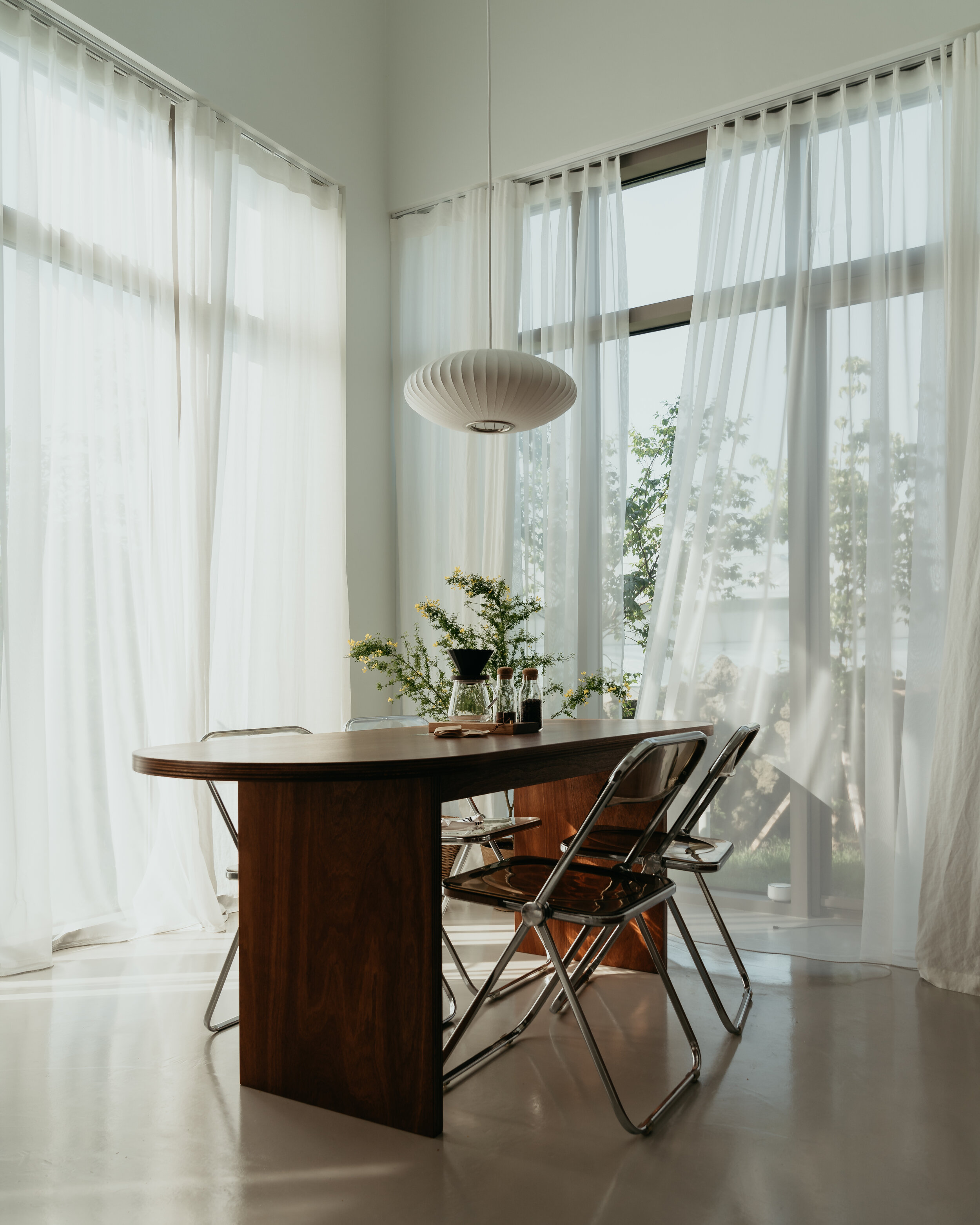
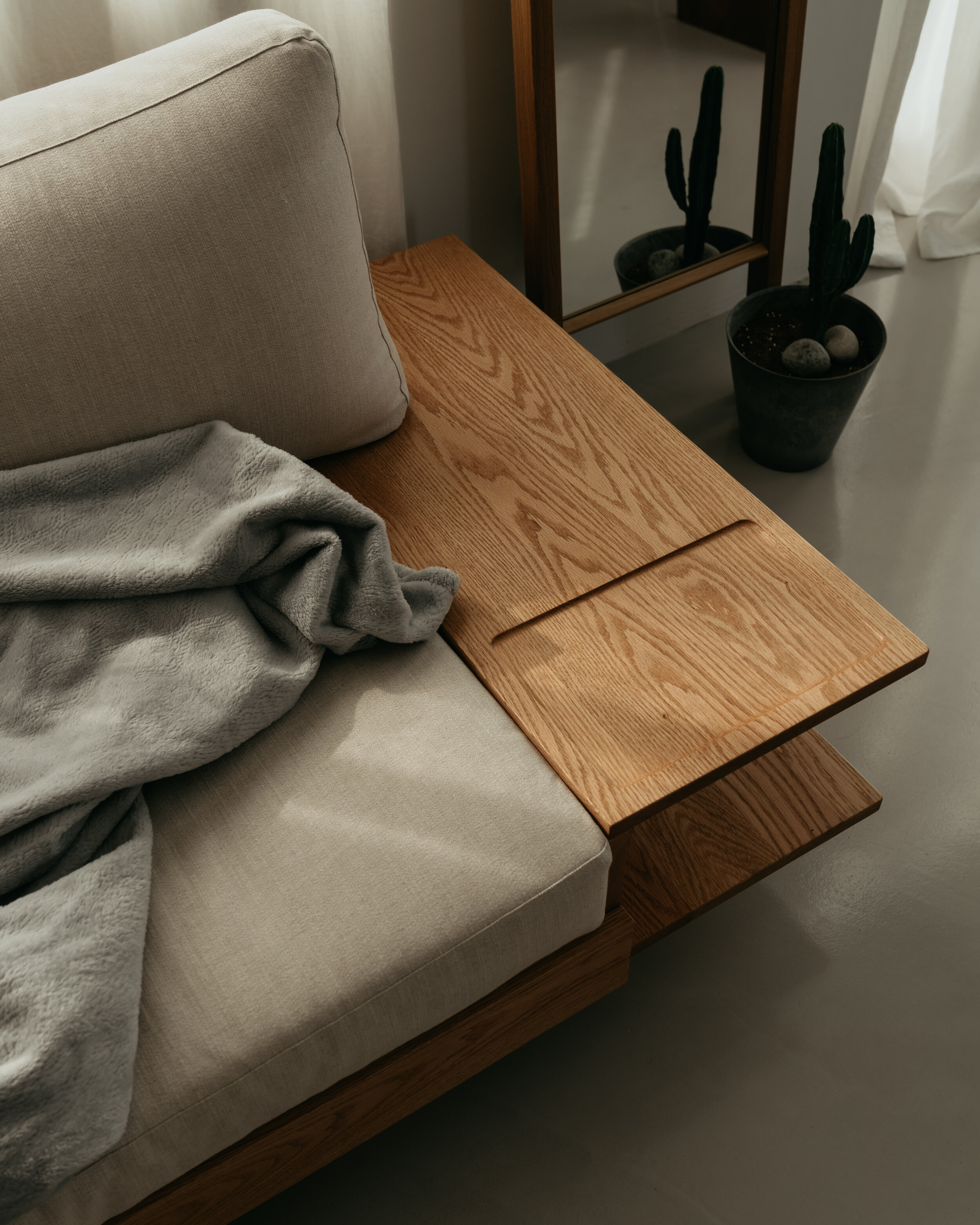
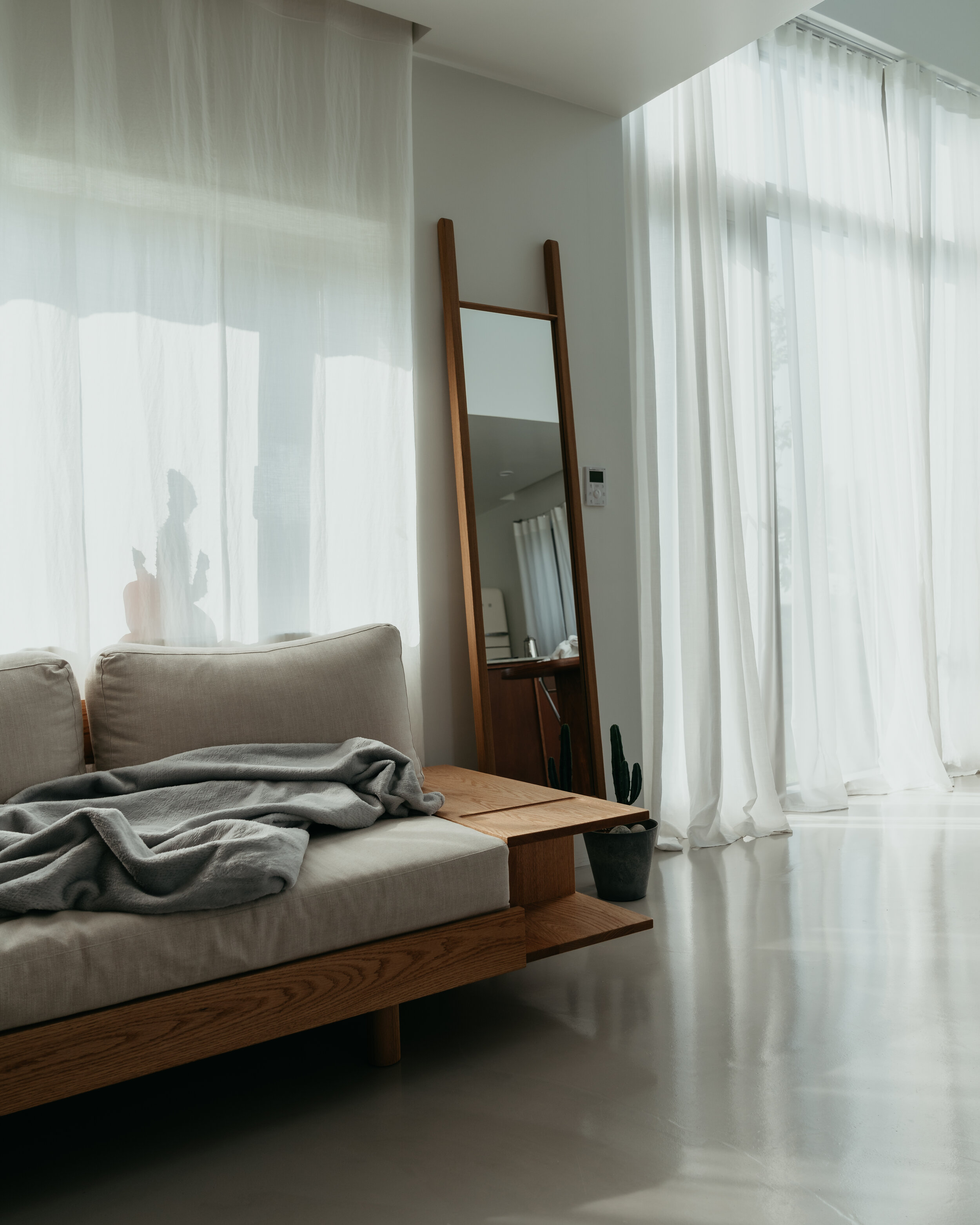
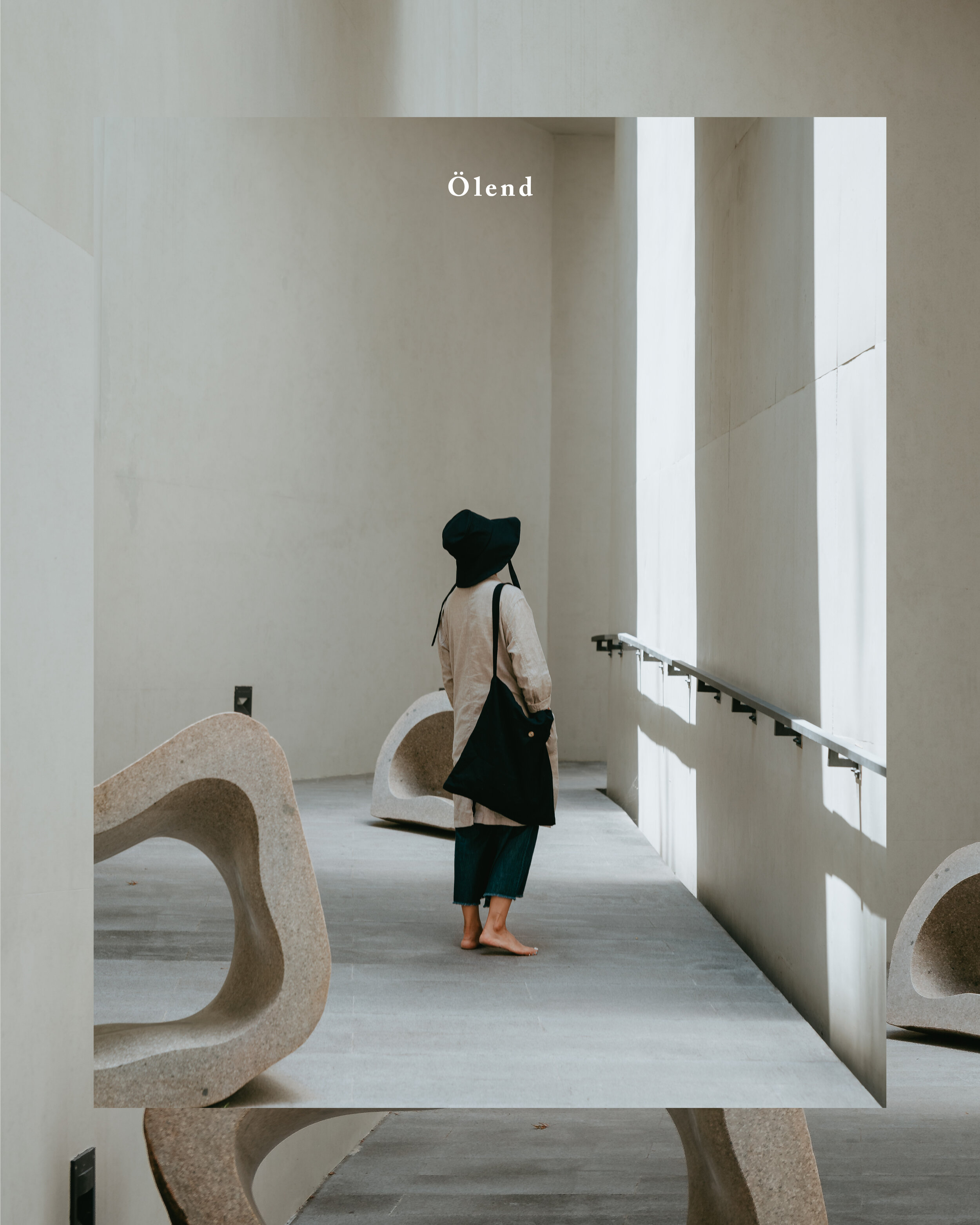
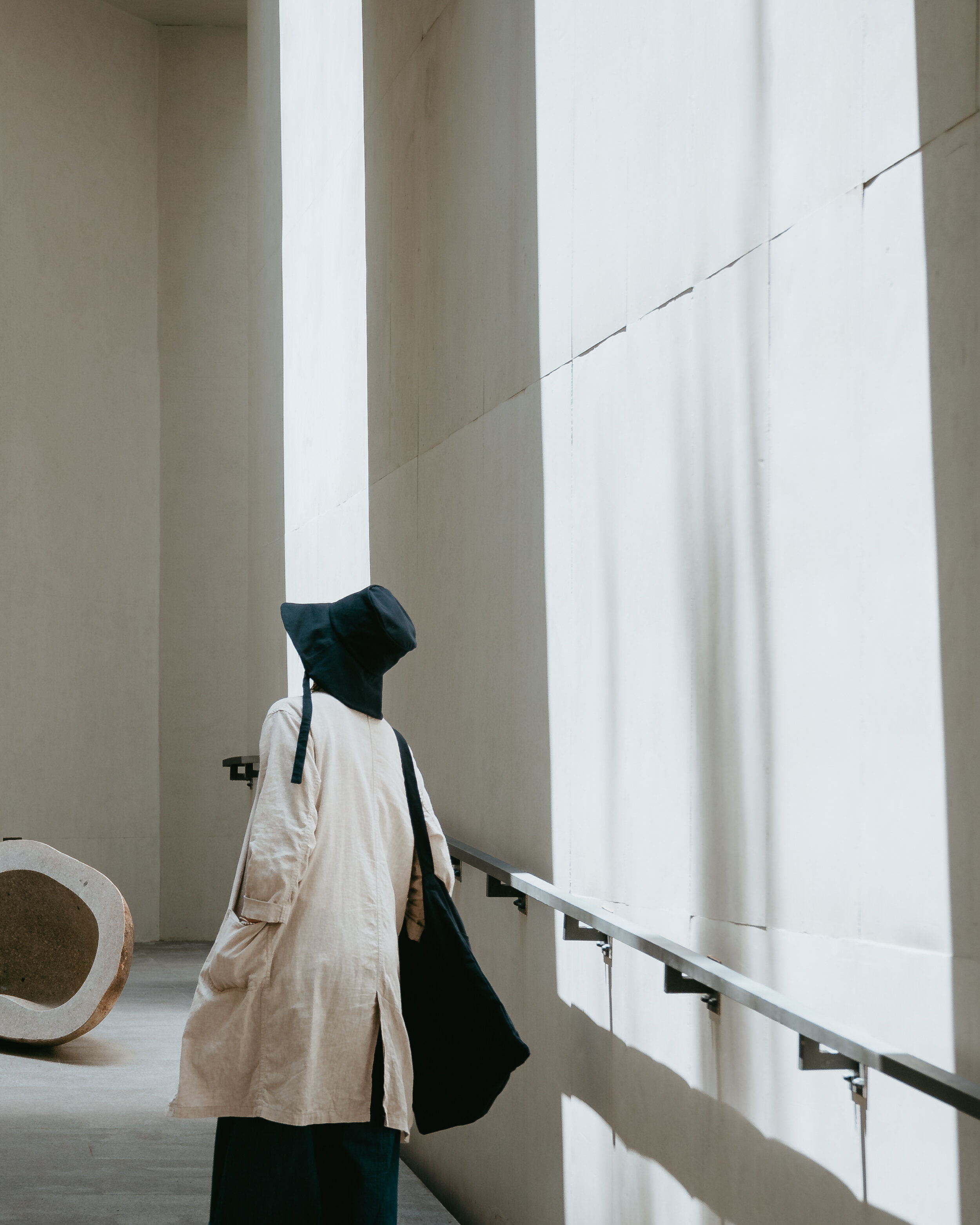
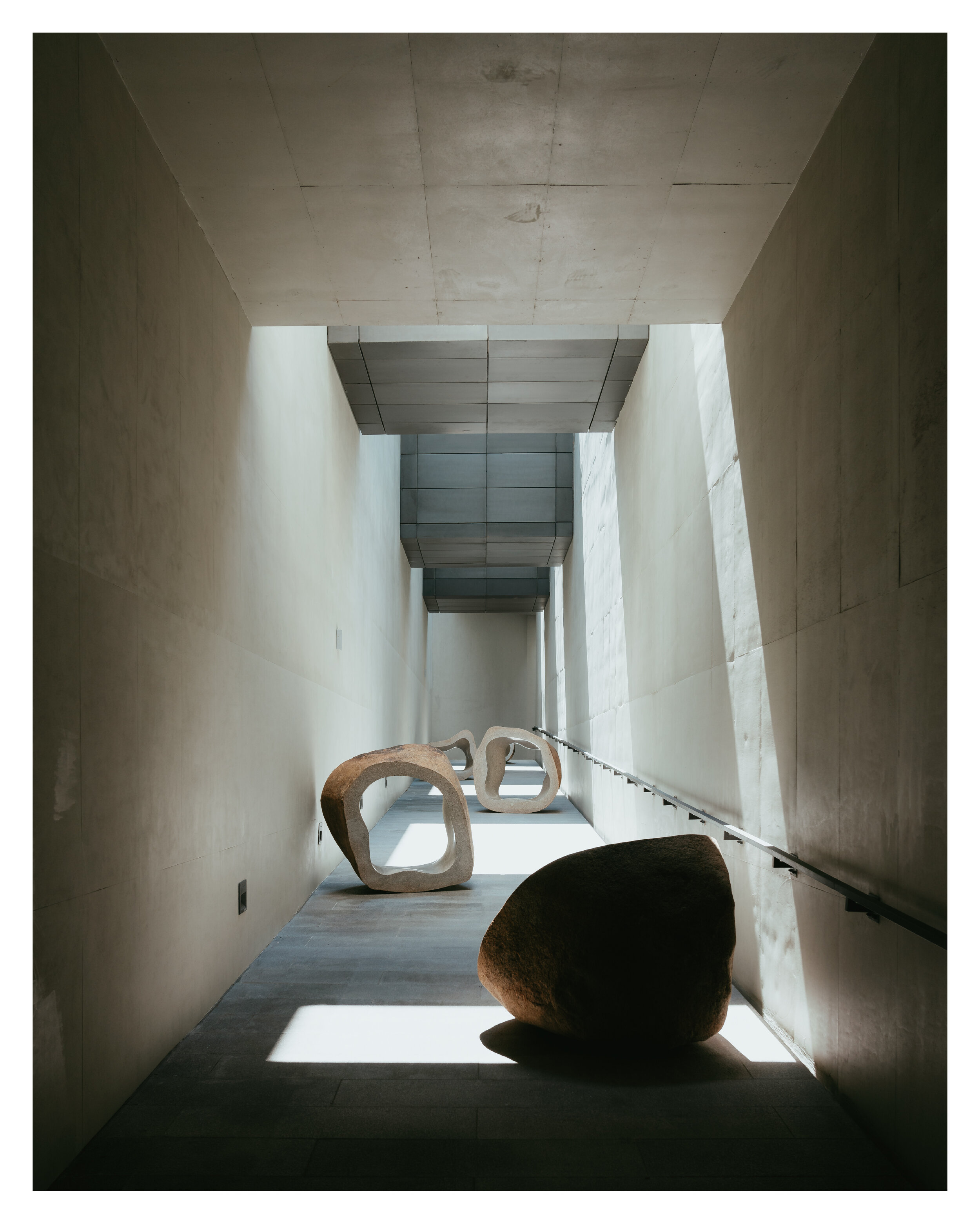
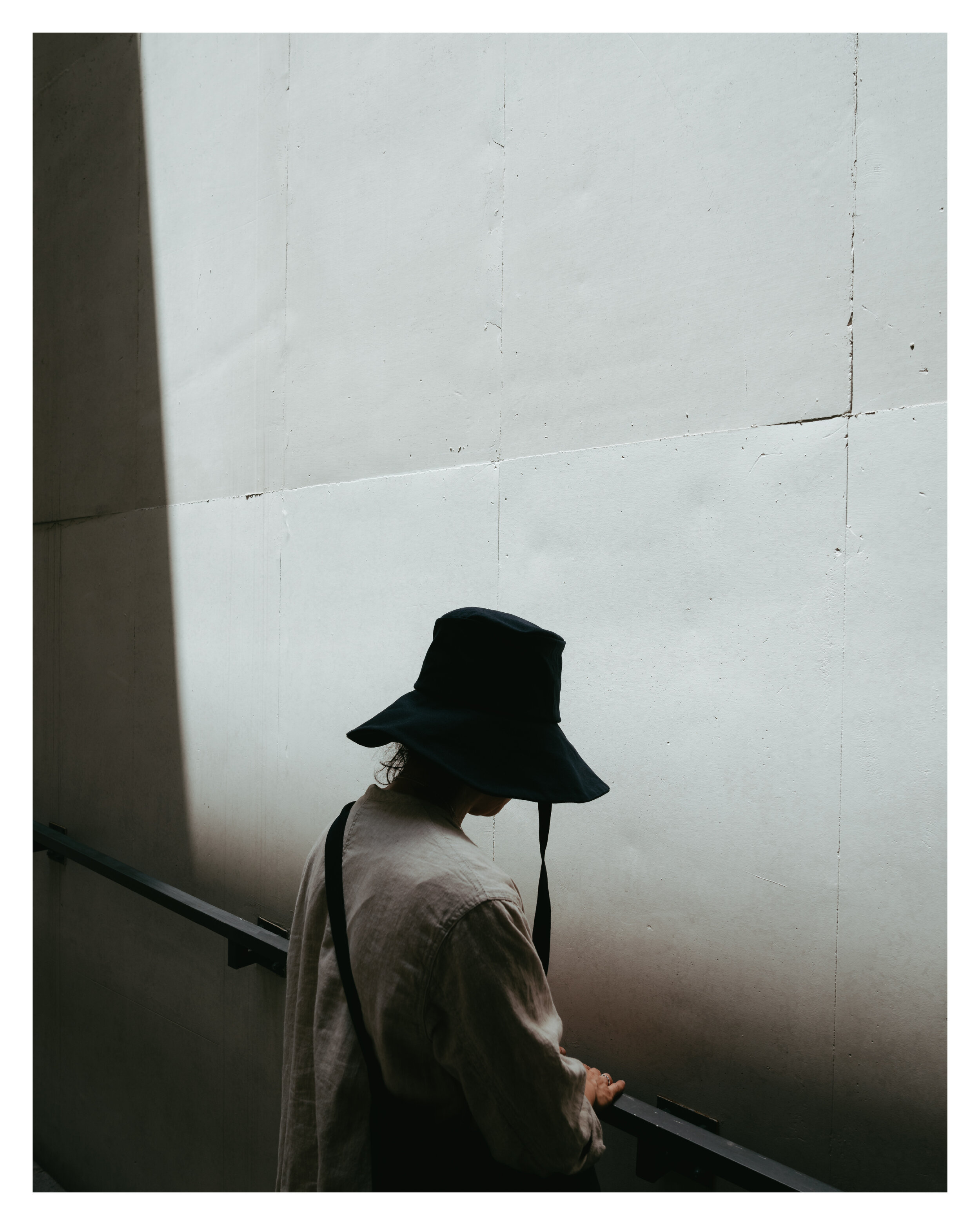
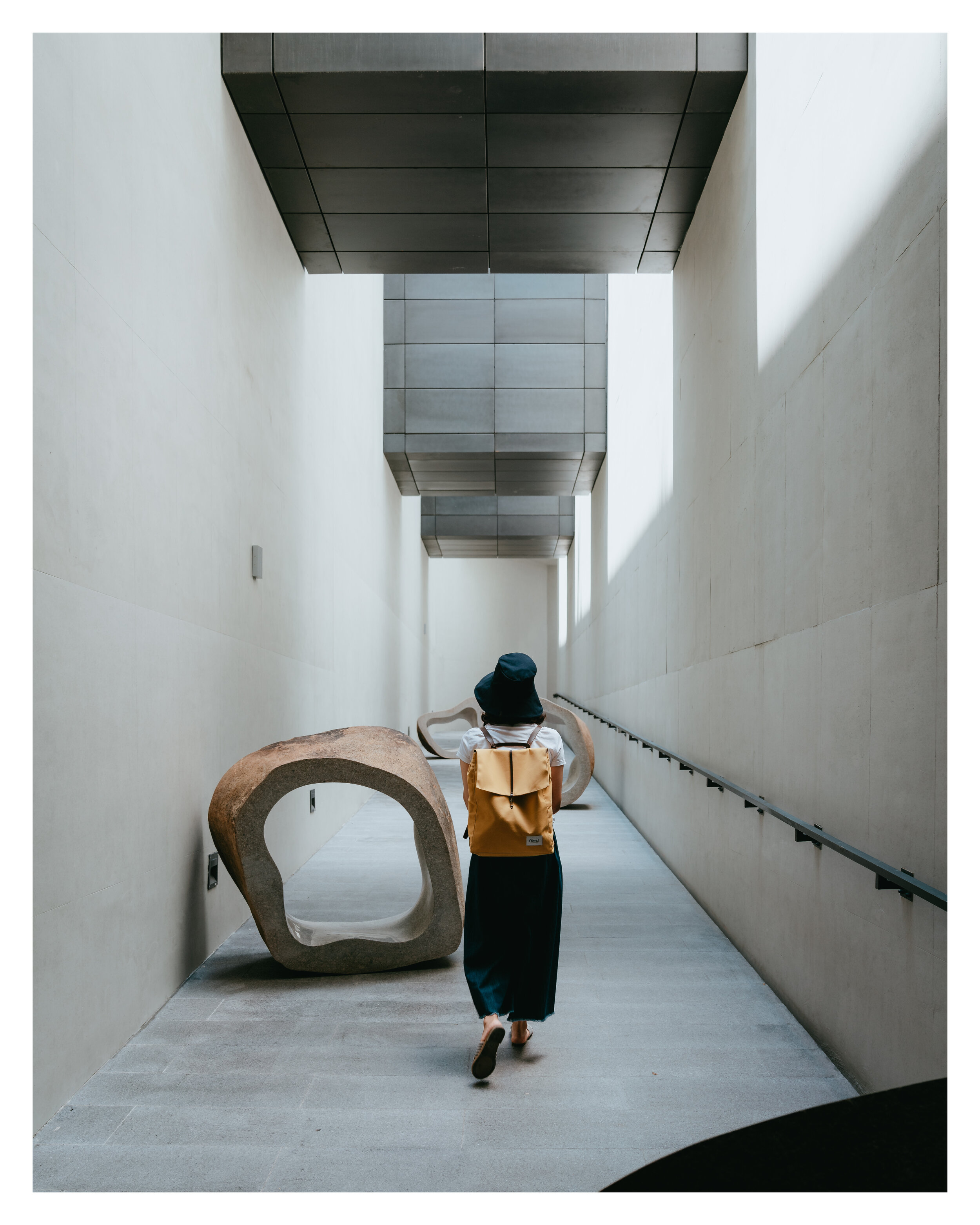
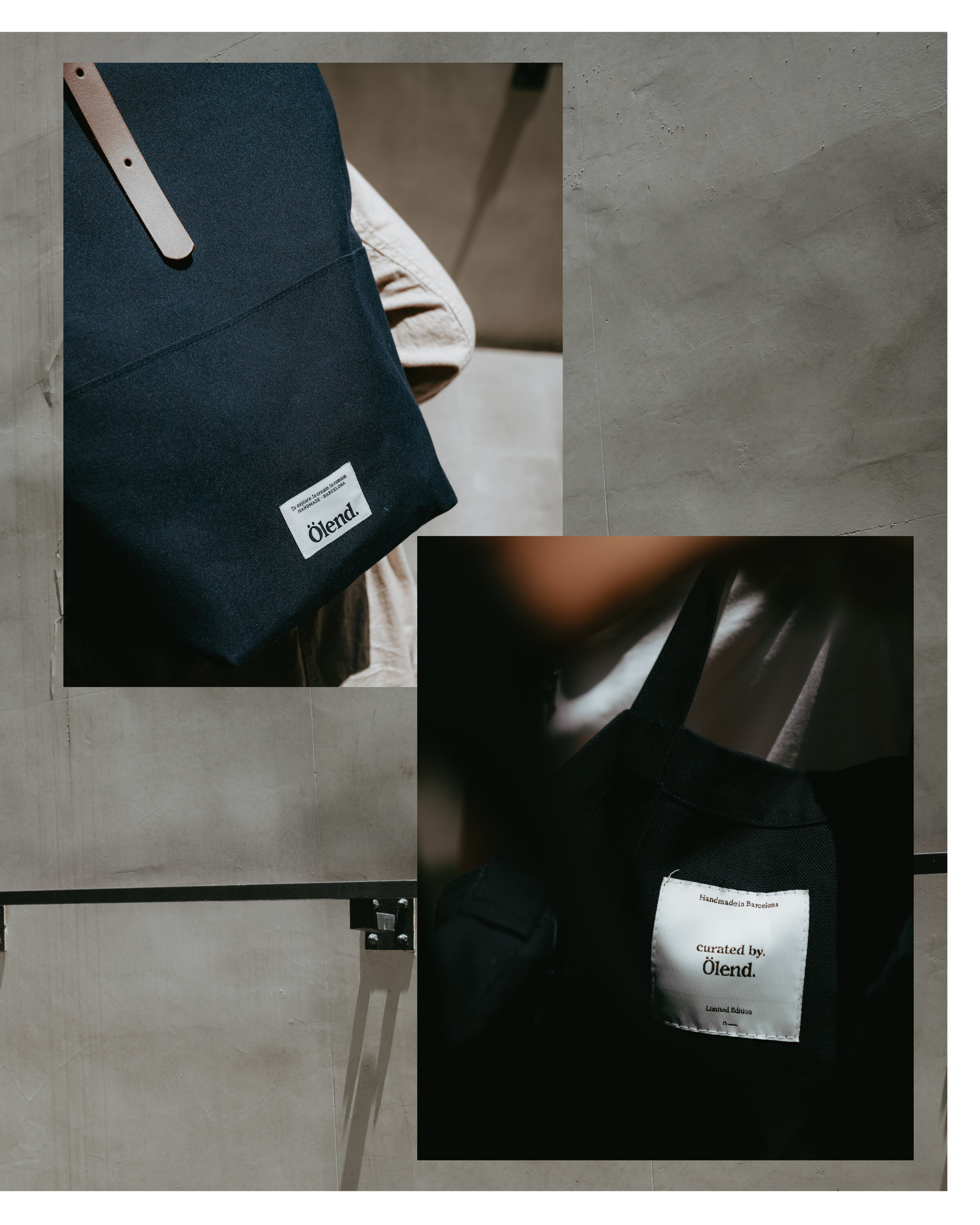
KW: What kind of advice would you give to someone starting out?
HJ: I haven't been doing it for a long time but as a person who’s been shooting, meeting different people and going through phases over the past four years, what I can recommend is:
Avoid having tunnel vision. Try many different styles and edits. That way, you can really find out why you’re in photography. Try different lenses and meet different people.
Don't get too hung up on one platform. I think that's the most important, it doesn't matter if you're following people for the engagement. At the end of the day, Instagram is just one platform. When you take a step back and look at it, yes there are a lot of people using it but there are also a lot of people who don't really care about engagement or the platform. You know, the reason why we are hung up on it is because our followers and the people who we follow are people just like us, people who love photography and who are going towards a certain creative direction. There are millions of others who are doing it in completely different ways. So don't get too bogged down and focus too much on it and stay away from people-pleasing posts. You're gonna get tired and one day you’ll burn out.
___
Instagram and Images: Hojae Jung @hotherside
Location: Good Fella Coffee @goodfellacoffee
Photography and words: Kent Wang @tinydepartures

